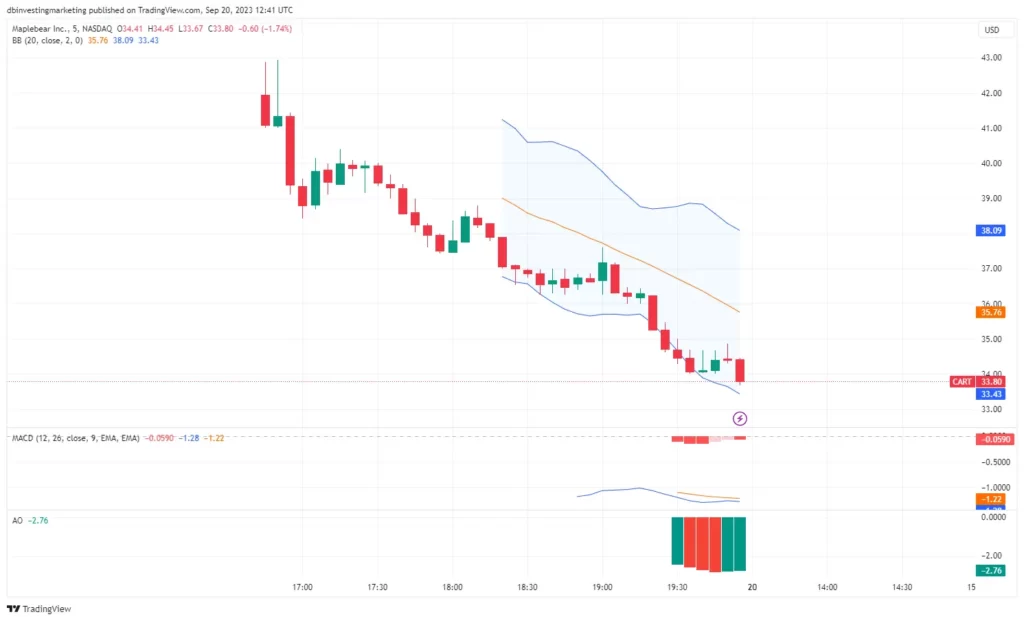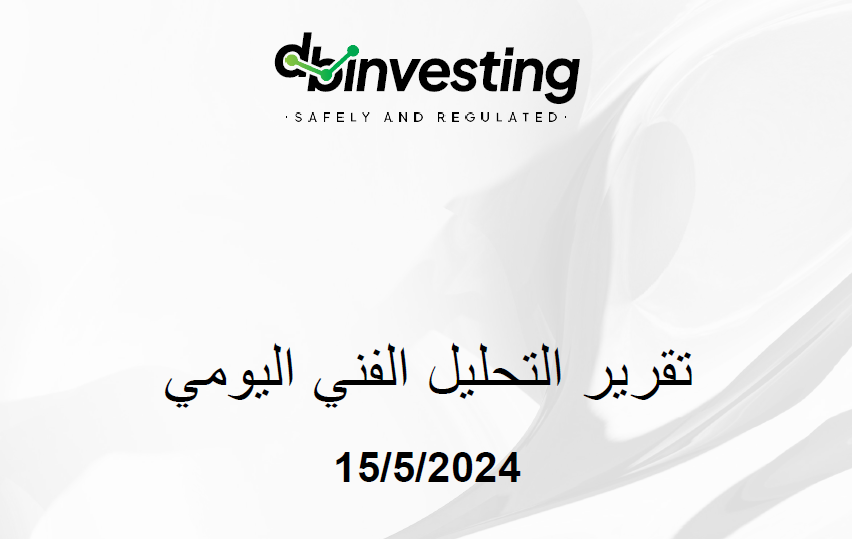Instacart (CART) embarked on its stock market journey this Tuesday, making its debut on the Nasdaq with an opening price of $42 per share.
The popular grocery delivery app had initially set its IPO share price at $30, thereby pegging its valuation at approximately $10 billion. However, as trading commenced, Instacart’s stock surged by over 40%, although it gradually receded as the day wore on, ultimately closing its first day of trading with a respectable 12% gain.
Instacart’s IPO launch came hot on the heels of Arm’s (ARM) return to the public markets, which occurred less than a week prior. Arm, a renowned chip designer, witnessed an initial enthusiastic reception from investors, leading to a stock price surge of more than 20% during its inaugural trading session. Nevertheless, Arm’s shares have since experienced an 8% decline since their IPO day.

The buzz generated by Arm’s successful listing prompted Instacart to reconsider its pricing strategy leading up to its own IPO. This move sparked discussions regarding the potential revitalization of an IPO market that had remained relatively dormant over the past year. In 2021, there were a total of 1,010 IPO deals recorded according to Dealogic, but in 2022, this number dwindled significantly to just 173.
Experts in the IPO field shared their insights with Yahoo Finance, suggesting that Instacart might serve as a more accurate gauge of an IPO market resurgence, primarily due to the stark differences in its business compared to Arm. With a staggering valuation of $54.5 billion, Arm’s IPO marked the most significant listing of 2023. As a well-established chip designer with a history of trading on public markets, Arm boasts of powering 99% of premium smartphones.
In sharp contrast, Instacart made its debut as a publicly traded entity for the first time. Founded in 2012, the company’s valuation reached $39 billion in 2021, driven by the surging demand for grocery delivery services during the COVID-19 pandemic. Instacart’s unique model connects consumers with gig economy workers who shop for and deliver their orders from local grocery stores.
Notably, Instacart refrained from going public during the IPO frenzy of 2021, choosing instead to make its market entry this Tuesday at a valuation more than 70% lower than its previous peak.
Instacart’s leadership believes that the company occupies a pivotal position in a “massive digital transformation,” as highlighted by CEO Fidji Simo in the S-1 filing. The market for grocery delivery, according to the filing, has not yet reached its full potential, with online sales accounting for just 12% of total grocery purchases.
Simo emphasized the growth potential in online grocery shopping, stating, “As even more people shop online, online penetration could double or more over time.”
Moreover, Instacart sees a promising avenue for growth in advertising sales, aiming to diversify its revenue streams beyond direct sales to customers. In the first half of 2023, the company reported robust revenue of $1.48 billion, marking a 31% increase compared to the same period in the previous year, with advertising contributing a significant 28% to that revenue figure.




